Framing oil paintings
The Different Parts of a Framed Painting
Oil paintings have been around for centuries. You’ve seen them lining the halls of museums, but do you know what it takes to frame one properly? What pulls it all together? Framing an oil painting is probably one of the most ‘taken-for-granted’ processes of picture framing. Let’s break it down into its parts.
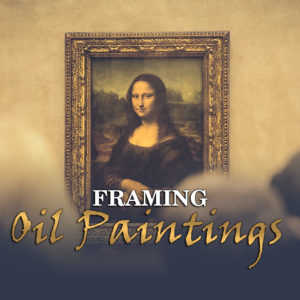
Is the painting dry?
You should not frame an oil painting until it is dry to the touch. If your painting requires a final varnish or glazing, you should not frame it until it is completely cured. Cured is not to be confused with Dry – oil paint can feel dry but is not completely cured. Oil paint reacts with air causing it to solidify over time. This process can take anywhere from two months to several years; how long it takes depends a variety of factors such as the thickness of the paint applied.
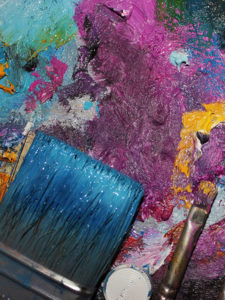
Oil paint can take weeks to dry, longer if the paint is really thick.
Stretching the painting
Most paintings are sold already wrapped around a wood frame, a method known as Stretching. Quite often an artist will stretch the canvas on a frame that is inexpensive, raw wood. These frames can damage the canvas painting over time. For a painting to last forever, it should be stretched on a good quality kiln-dried raised-lip stretcher bar. These stretcher bars come in a variety of sizes and depths. We can advise you about the quality of your stretched canvas.
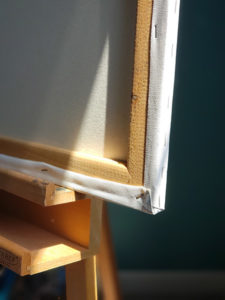
Framing Options
Now that your painting has the proper structural mount, you can give it the finishing touch – the visible frame that surrounds it. Traditional picture frames are frequently used to frame paintings, but we also have Floater Frames made specifically for works on canvas. When should you use a Traditional or a Floater frame? Most of that decision depends on what you like or want.
- If an artist’s signature is covered by the 1/4″ lip of a traditional frame, use a floater frame.
- If the edges of the painting are unfinished or you can see staples, use a traditional frame.
- If your painting is not ‘square’ it will be very noticeable using a floater frame. Ask us how we can fix that.
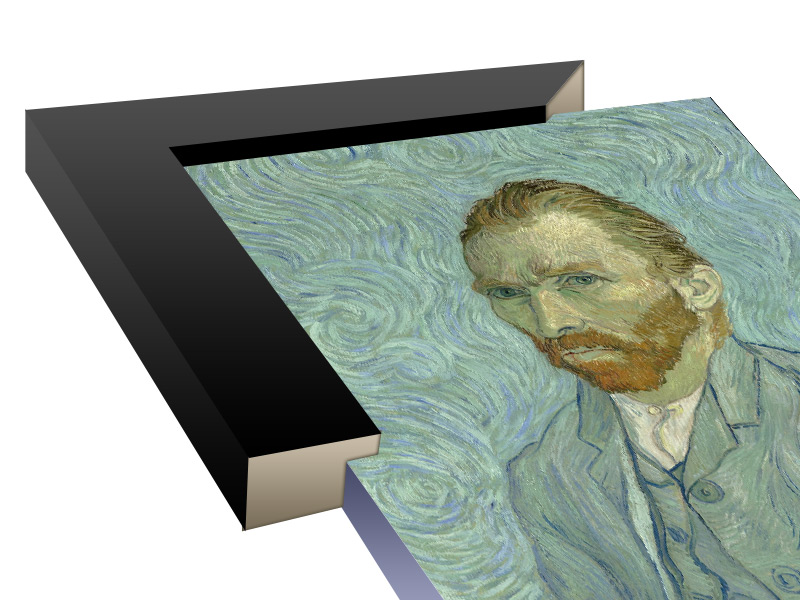
Traditional Frames
Traditional picture frames have a lip that fits on top of the painting to keep the canvas secure. This lip covers approximately ¼” of the painting’s surface. The edges are completely hidden in the frame.
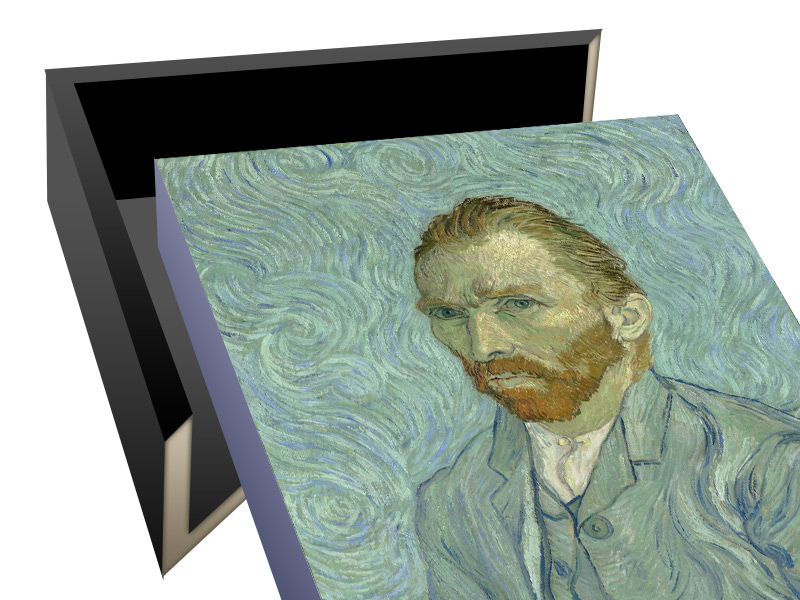
Floater Frames
Floater Frames attach to the backside of stretched canvas bars. The entire surface of the painting as well as the edges are visible. The canvas appears to float within the frame, thus the name Floater Frame.

